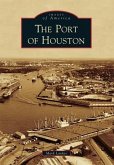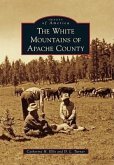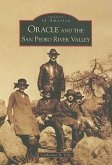When the Allen brothers were looking to establish a new city in 1836, they selected a site at the confluence of Buffalo Bayou and White Oak Bayou, which was the head of navigational waters. They named the city after Gen. Sam Houston, and ever since then, Houston and its bayous have been indelibly linked. With Buffalo Bayou as the lifeblood of the city, Houston thrived as an inland port. Early development occurred along the bayou, and it was widened, deepened, and straightened to accommodate growing commerce in Texas. Buffalo Bayou linked the city of Houston to Galveston Bay, where ships were waiting to share Texas products with the rest of the world. Today, with Houston as the largest city in the state of Texas and the fourth largest in the United States, the Port of Houston is one of the busiest ports in the world.








